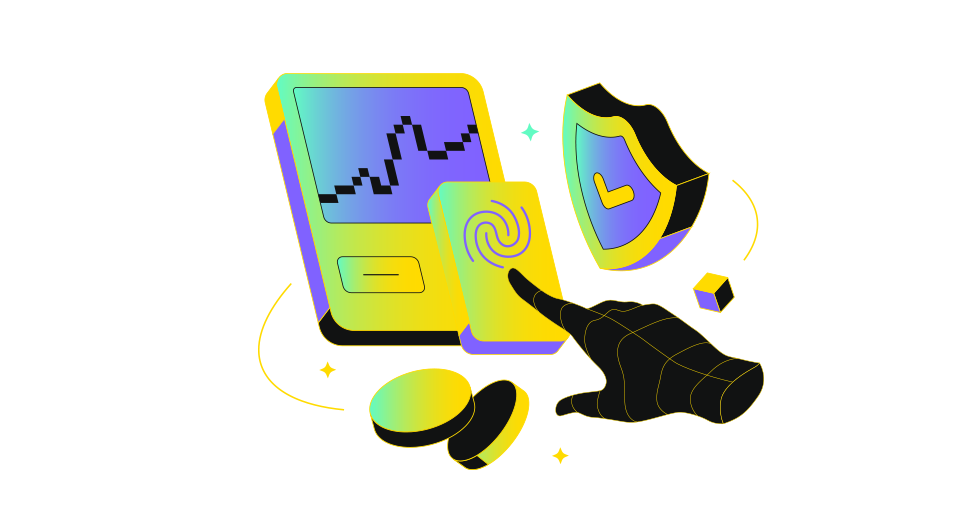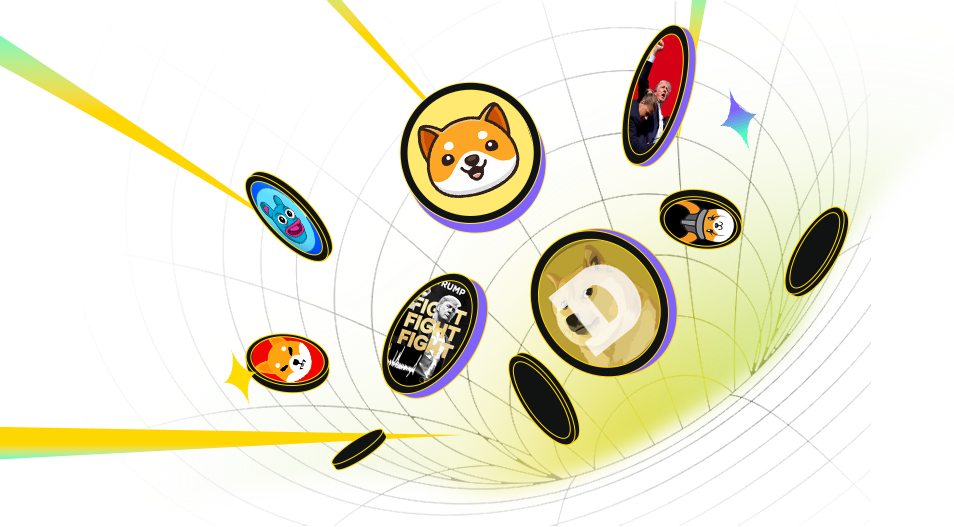線上客服
客服團隊
剛剛
親愛的 LBank 用戶
我們的線上客服系統目前遇到連線故障。我們正積極修復這一問題,但暫時無法提供確切的恢復時間。對於由此給您帶來的不便,我們深表歉意。
如需幫助,您可以透過電子郵件聯繫我們,我們將盡快回覆。
感謝您的理解與耐心。
LBank 客服團隊
Play-and-Own is arguably the most heard, but least understood word in blockchain games. Most people think that the main selling point is the ability to earn money or tokens from a digital asset. It is surprisingly a bit more significant than that. The best Play-and-Own games to play are fun to play for the sake of playing, and not because you happen to be incentivized by a financial reward.
In this article, we will discuss what can make a Play-and-Own game fun, apart from the token value aspect. It is our response to the idea that blockchain gaming is "work with extra steps." The only way games can have staying power in this space, is if players want to play them, or enjoy playing them, even if the rewards were eliminated starting tomorrow.
We will investigate the psychology of intrinsic fun, return to the mechanics that make it real, and address why token/gameplay separation is critical if we're to see Web3 gaming grow.
First, let's start with an understanding of what intrinsic fun is, to appreciate why it is important. Intrinsic fun is the deep joy one receives doing something for the sake of doing it. Hours spent working on a combo, investigating an obscure location in a game, or making intricate setups are all done not for what it can get, but because the activity was fun.
The feelings that make intrinsic fun operate similarly in everyone:
These feelings, especially when adding the layers of play and ownership of a specific game, turn blockchain games from built financial systems into real worlds. When the design focuses on these intrinsic drivers, the game becomes self-enlightening. Tokens may get them to press play the first time, but it is the fun that will bring them back.
What makes a Play-and-Own game fun without speculation? Game mechanics. Interactive rules that explain how a player can socially engage with the game world.
The games that have the most success have:
All of these qualities create an element of ownership that goes beyond ownership; player fingerprints are all over coworking, trusting their creativity and skill, not just how much money must be spent.
Let’s explore each of these techniques in detail and their role for supporting intrinsic engagement.
Inherent to the category, dynamic world-building is the most extreme; this is the technique where players are really putting their heart into the game, whether in building structures, managing their land, or stewards of ecosystems. Actions of each player leave a trace behind that each other player can see and engage; it invokes the idea the world is alive and it evolves! Shared authorship provides an additional layer of meaning for players as they are not just players, but also authoring their experience in the game.
Time-based skill combos take advantage of the same implications of tactile and visual feedback that made arcade and action games compelling. When you pull off a perfect combination of offensive and defensive moves, or when you time your moves with something in your environment, you engage the architecture of your brain that releases dopamine, a neurochemical associated with pleasure. The cycle of trying, receiving and engaging actionable feedback, and mastering the combination of brand new skills, keeps players engaged beyond the momentary reinforcement of achieving token objectives.
In emergent gameplay, systems are combined or run into one another unexpectedly. A group of players may band together to rebuild a city following some catastrophe in the game or a single renegade explorer sets off a chain reaction that causes transformations in that game's world economy. These emergent episodes create a degree of perceived ownership, allowing the game + game episode to become part of their own personal memory. The systems are working together to create all this emotional investment, which is worth all the money in the world. It turns games into those ecosystems of creativity, strategy, and discovery, which is what makes games fun.
A very common misunderstanding about blockchain gaming is the belief that the incentives of token rewards are a primary driver for playing. In fact, players could lose their desire to play if an extrinsic reward such as a token detracts from the fun of playing.
The immediate and bodily value of play comes from doing things, discovering things, and getting good at things. Token value is exogenous to the game and is always in flux. It is valued in a market, not in the mechanics of play. When players seek tokens, their motivation has shifted from "I want to play" to "I have to grind." When the price of tokens drops, player retention drops.
Players are inherently less likely to be engaged if they play for tokens. When a token price crashes, players of inherently fun games tend to stay strong. If players are playing for power and meaning and not tokens, they still log on to the same experience because it is intrinsically motivated, they don't log on for the rewards, but simply to be involved contextually in a deeper way.
In healthy Play-and-Own ecosystems:
That playful decoupling of fun from money does not eliminate tokens, it makes them tools, enhancers, not drivers.
Think of the Play-and-Own interactive experience where players would work together to help fix a digital planet that is in disrepair. The map will have a continuous record/log of what everyone did on that planet, like planting trees, fixing towns, and returning resources back to a healthy equilibrium. Attempting to accrue governance tokens of the planet is no fun; rather, watching a barren planet spring to life through collaborative play and creative skill, is exciting! What you find enjoyable is the consistency of emotion, not accruing a lot of capital.
For example, think about a fighting videogame that rewards financial value from your timely participation. The player is almost hypnotically in a prepared state of consciousness as the screen is generating concatenations and building on a beat in quick background music. The player is able to learn the game despite the experience being almost undefinable. The tokens you earn in the videogame matter much less to you as you become advanced from the experience.
The tokens both experience in both situations help because they both signify recognition and achievement success, not at all titling you! The real value happens from the experience: joy, triumph, discovery, and mythic story exchanges together that no capital will ever replace.
If we can concede that intrinsic fun is the foundation of Play-and-Own developers, then we can affirm that the Web3 game sector is about to evolve in three significant ways:
In conclusion, intrinsic fun may bring Web2 Users and Web3 users together, as it reinforces the notion that blockchain technologies can advance games and not impede them.
What Play-and-Own changes is not ownership, it is fun. Tokens and valuables represent the economic layer, fun represents the emotional layer. Games that go all in, on intrinsic motivations, dynamic world building, mastery-driven systems, and emergent storytelling, are the games that are going to survive, not the ones with the player as an investor.
Play-and-Own works, when people are not playing for money, but for the intrinsic reward of mastery, learning, and creating. Developers who understand this will create a world where owning things makes you warm and fuzzy, without taking it away. And the players, and they will remember what gaming has always been about, the simple and deep experience of fun and playing.
Disclaimer: The content created by LBank Creators represents their personal perspectives. LBank does not endorse any content on this page. Readers should do their own research before taking any actions related to the company and carry full responsibility for their decisions, nor can this article be considered as investment advice.




剛剛
親愛的 LBank 用戶
我們的線上客服系統目前遇到連線故障。我們正積極修復這一問題,但暫時無法提供確切的恢復時間。對於由此給您帶來的不便,我們深表歉意。
如需幫助,您可以透過電子郵件聯繫我們,我們將盡快回覆。
感謝您的理解與耐心。
LBank 客服團隊